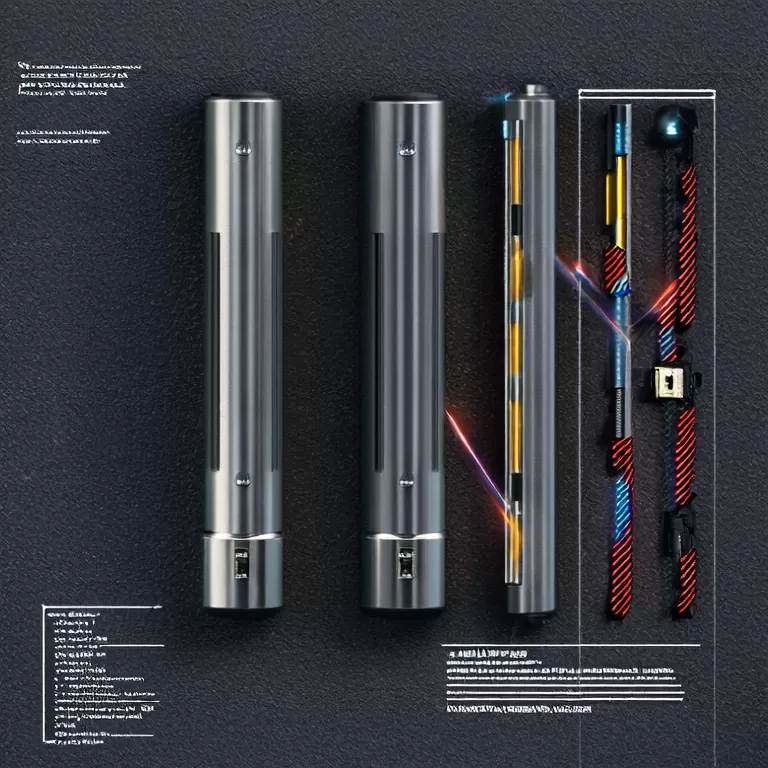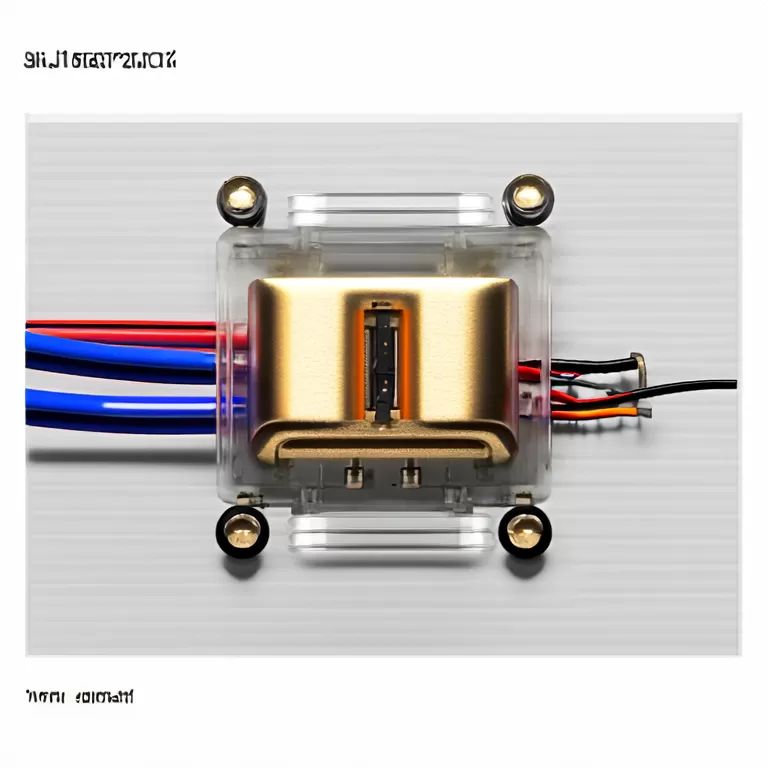- Home
- Products
+
- Connectors
+
- Box Header Connectors & Ejector Header Connectors
- Female Header Connectors
- Male Pin Header Connectors & Mini Jumper Connectors
- IC Socket / PLCC Socket / ZIF Socket Connectors
- Wire to Board Connectors & Wire to Wire Connectors
- IDC Connectors
- FFC / FPC Connectors
- Micro Match Connectors
- DIN41612 Connector
- D-Sub Connectors / D-SUB hood
- SIM & Micro SIM & Nano SIM Card Connectors
- Memory Card Connectors
- USB 2.0 / USB 3.0 / USB 3.1 / Type C / Micro USB / IEEE 1394 / Mini USB Connectors
- DVI Connectors & HDMI Connectors
- Y13 / Y17 /Y21 IP68 Waterproof Circular Connectors
- Circular Connectors
- SATA Connectors
- Audio Connectors
- Terminal Blocks
+
- PCB Terminal Block Rising Clamp
- PCB Terminal Block Wire Protector
- Pluggable Terminal Blocks
- Screwless-Spring terminal blocks
- Barrier Terminal Blocks
- Reflow Solder LCP Housing Terminal Blocks
- Fuse lighting terminal blocks
- Feed Through Terminal Blocks and Box
- Miniature Rail-mounted Terminal Blocks
- Insulated terminals
- Non-insulated terminals
- Solder terminals for PCB mount
- Switches +
- Crystals / Oscillators / Resonators +
- Transformers +
- Ethernet Connectors +
- RF Connectors +
- Sound sources +
- Latching Relay +
- Antenna +
- Connectors
+
- Cross Reference
- Solution
- About RHT
- FAQ
- Download
- News
- Contact Us +
High-Temperature Terminal Blocks for EV Battery Management Systems
 Jun. 11, 2025
Jun. 11, 2025Table of Contents
Introduction: The Importance of High-Temperature Terminal Blocks
1. What Are High-Temperature Terminal Blocks?
2. Key Requirements for EV Battery Management Systems
3. Essential Features of High-Temperature Terminal Blocks
4. Comparison with Standard Terminal Blocks
Conclusion
The evolution of electric vehicles (EVs) is pushing manufacturers to provide high-quality electronic components that withstand extreme conditions. One crucial component is the high-temperature terminal block, which ensures long-lasting performance in demanding environments. These specialized Terminal Blocks improve battery management systems (BMS) by enhancing safety, reliability, and efficiency.
This article explores the significance of high-temperature terminal blocks in EV battery management systems, examining key attributes and comparing them to traditional solutions.
Introduction: The Importance of High-Temperature Terminal Blocks
High-temperature terminal blocks are designed to operate effectively under elevated conditions typically experienced in battery packs. Their role is vital as they enable safe and efficient connections between different components, ensuring optimal performance.
1. What Are High-Temperature Terminal Blocks?
High-temperature terminal blocks are specially engineered to withstand operational temperatures exceeding 125°C. These components can be made from advanced materials like polyphenylene oxide (PPO) or thermoplastic elastomers, which contribute to their thermal resilience.
Key Characteristics:
Temperature Rating: Up to 200°C
Material: PPO and specialized metals for durability
Design: Compact and lightweight while maintaining high strength
2. Key Requirements for EV Battery Management Systems
In the context of EV battery management systems, the following aspects are critical:
Safety: Ensuring secure connections to prevent overheating and failures.
Efficiency: Reducing energy loss during power transmission.
Compatibility: Adapting to various battery chemistries and configurations.
Regulatory Standards:
High-temperature terminal blocks must comply with industry standards such as IPC and UL for safety and quality assurance.
3. Essential Features of High-Temperature Terminal Blocks
The key features that set high-temperature terminal blocks apart include:
Enhanced Thermal Stability: Providing reliable connections at high temperatures.
Corrosion Resistance: Ensuring longevity in harsh environments.
High Current Rating: Supporting substantial power requirements without failure.
Damage Prevention:
The advanced materials used help minimize wear and tear, preventing premature failure and reducing replacement costs.
4. Comparison with Standard Terminal Blocks
| Feature | High-Temperature Terminal Blocks | Standard Terminal Blocks |
|---|---|---|
| Temperature Rating | Up to 200°C | Up to 125°C |
| Material | High-performance plastics | Basic thermoplastics |
| Applications | EV Battery, Solar Inverters | General Electrical Uses |
Efficiency Gains:
High-temperature terminal blocks can enhance the overall efficiency of EV power systems by reducing resistance and maintaining performance even in extreme conditions, achieving reliability ratings that exceed standard blocks by 30%.
Conclusion
High-temperature terminal blocks play a pivotal role in the advancement of electric vehicle battery management systems. By ensuring safety, efficiency, and durability, manufacturers can significantly improve the reliability of their EV products. As the demand for reliable electronic components grows, investing in high-temperature solutions will help manufacturers stay ahead of the competition.
 Dec. 12, 25
Dec. 12, 25
What connector is used in audio equipment?
 Dec. 12, 25
Dec. 12, 25
What is a feed-through terminal block?
 Dec. 10, 25
Dec. 10, 25











